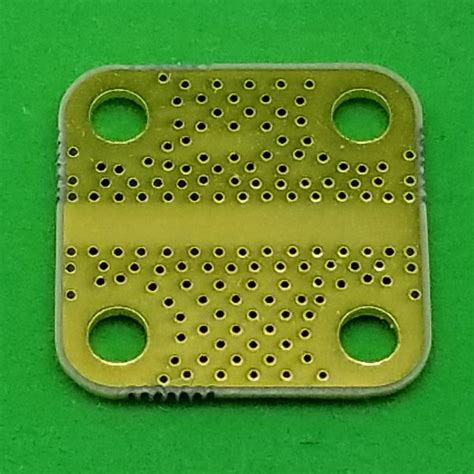
pcb coplanar waveguide calculator
Introduction to PCB Coplanar Waveguides Coplanar waveguides (CPWs) are a type of transmission line widely used in high-frequency printed circuit board (PCB) designs. They consist[…]

pcb conformal coating types which best your new board
Introduction to PCB Conformal Coating Printed circuit boards (PCBs) are essential components in modern electronic devices. To ensure their longevity and reliability, it is crucial[…]
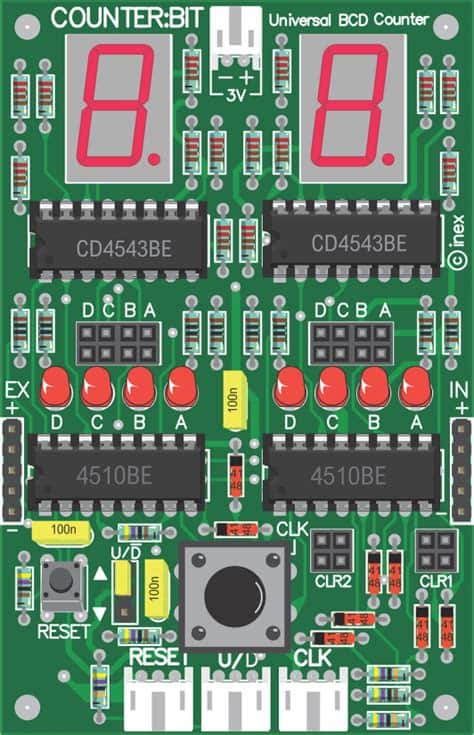
pcb components list
Introduction to PCB Components Printed Circuit Boards (PCBs) are the backbone of modern electronics. They provide a platform for mounting and interconnecting electronic components to[…]

pcb components assembly faults tombstoning and resurrection
Introduction to PCB Component Assembly Faults Printed Circuit Board (PCB) assembly is a complex process that involves the placement and soldering of various electronic components[…]
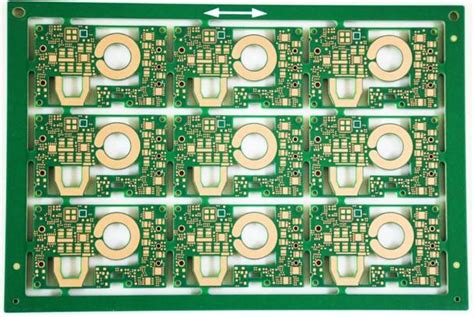
parasitic extraction electromagnetic solver pcb routing
Introduction to Electromagnetic PCB routing Printed Circuit Board (PCB) routing is a crucial step in the design and fabrication of electronic devices. It involves the[…]
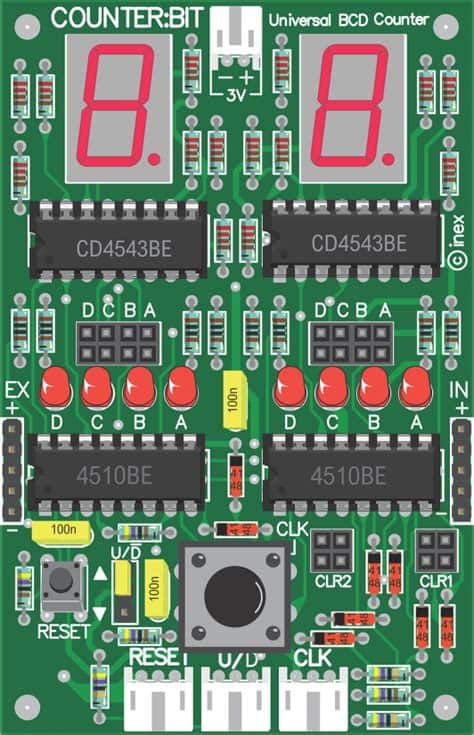
easily find electronic components your next pcb design
Introduction Designing a printed circuit board (PCB) can be an exciting and rewarding experience, but it can also be challenging, especially when it comes to[…]
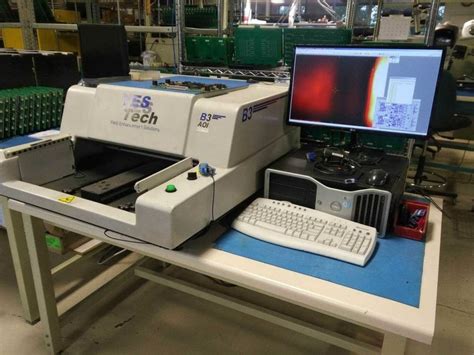
What Is Automated Optical Inspection AOI in A PCB
What is Automated Optical Inspection (AOI)? Automated Optical Inspection (AOI) is a non-contact, visual inspection method that uses cameras and image processing software to automatically[…]
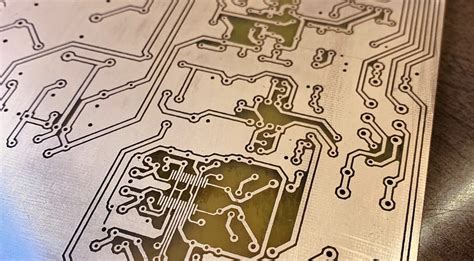
pcb core vs prepreg material what designers need to know
Introduction to PCB Materials Printed Circuit Boards (PCBs) are the backbone of modern electronics, providing a reliable and efficient means of connecting electronic components. The[…]
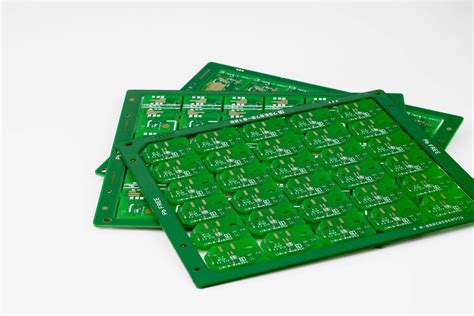
pcb copper thickness
What is PCB Copper Thickness? PCB copper thickness refers to the thickness of the copper layer on a printed circuit board (PCB). The copper layer[…]
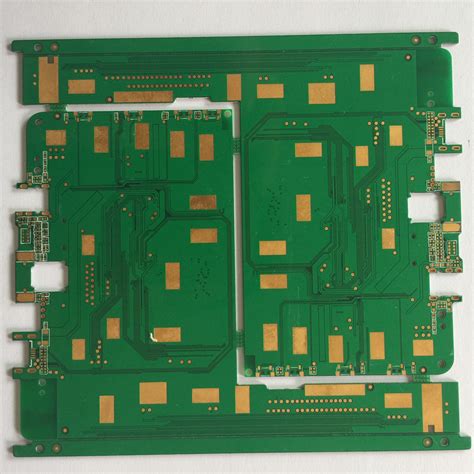
pcb copper board
Introduction to PCB Copper Boards Printed Circuit Boards (PCBs) are the backbone of modern electronic devices, providing a platform for components to be mounted and[…]